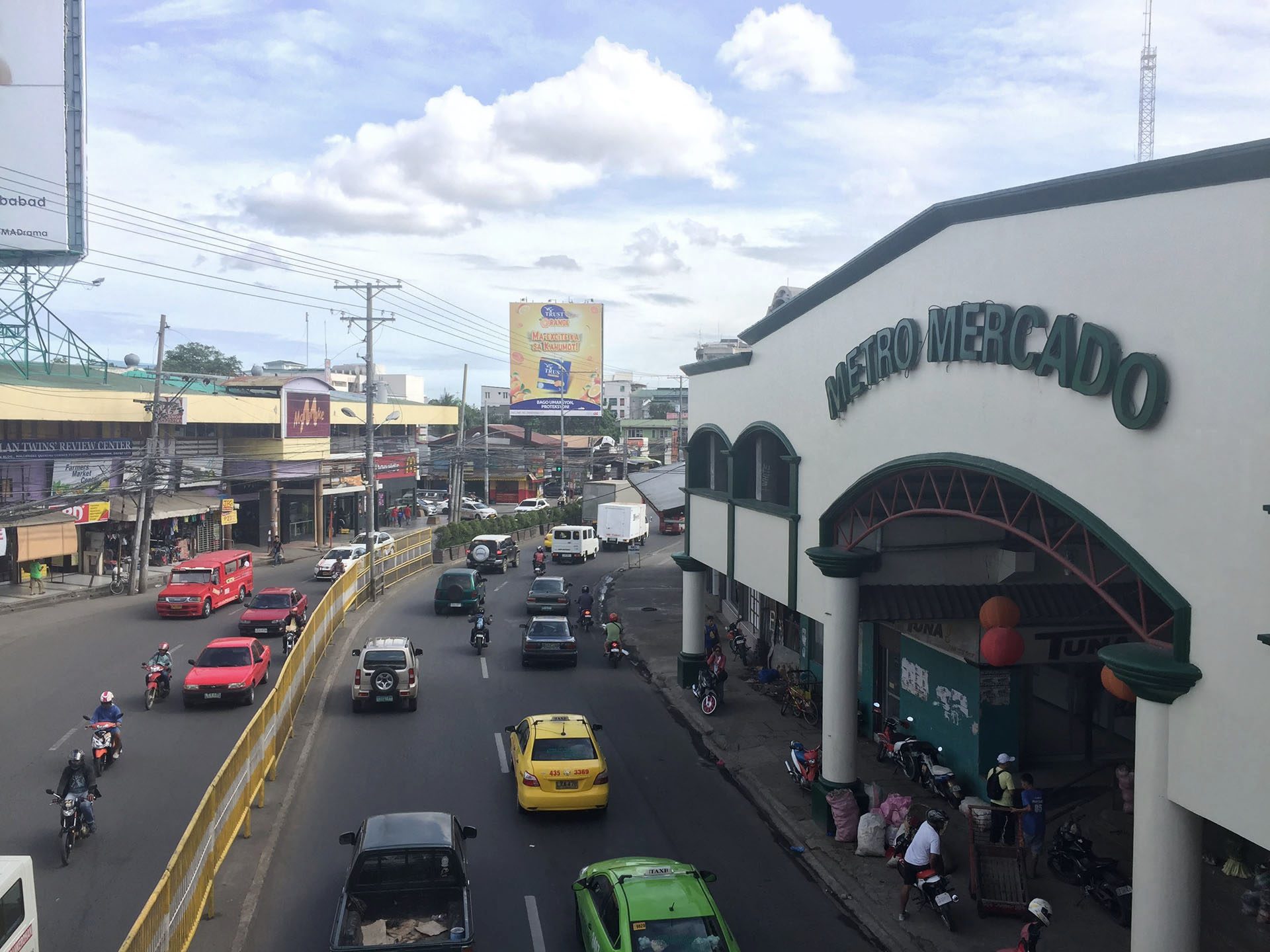SUMMARY
This is AI generated summarization, which may have errors. For context, always refer to the full article.

DAVAO CITY, Philippines – A top official of the Asian Development Bank (ADB) in the Philippines hopes to finalize by 2019 the design of Davao City’s dream plan to modernize its public transportation system.
“We hope it could be done in 18 months,” Kelly Bird, the country director of ADB in the Philippines, told reporters on Friday, March 9.
Bird was referring to the city’s high priority bus system (HPBS) program, which is one of the local government’s top priority projects as it manages the city’s increasing transport demand.
“It will involve bus terminals, bus stops, waiting stations, and bus lightings,” Bird added, referring to the design.
While it has not yet moved to the National Economic and Development Authority board, Finance Secretary Carlos Dominguez said the $70-million plan “is now in the pipeline.”
The bus system is under the ADB’s Davao Public Transport Modernization Project, said Dominguez, who also sits as chair of the bank’s board of governors.
ADB was tapped to support the city’s bid to overhaul its transport services which were described as “poor” in terms of coverage area, operating hours, passenger comfort, and facilities.
The project emerged during the administration of former president Gloria Macapagal Arroyo who, at the time, ordered the transportation department to reform the transportation sector by coming up with projects that helped lessen fossil fuel consumption.
Increasing demand for transportation
In 2015, the Philippine Statistics Authority said the population in Davao Region and Davao City reached 4.89 million and 1.6 million, respectively. This means one in 3 people from Davao Region lives in the highly urbanized city.
The city’s traffic problem has been among the pressing concerns of the local government, which recently amended its traffic code to include heavier punishment for residents who park illegally, as well as those who jaywalk. Tens of thousands of drivers were caught violating the code last year.
The clamor for a better public transportation system in Davao City emerged during the time of former mayor and now President Rodrigo Duterte.
In 2014, a Korean company conducted a feasibility study to determine whether a light rail transit system is a viable option to ease traffic congestion in the city. Talks regarding trains for the city were later replaced by the ADB-assisted project.
Jeepneys remain to be the city’s largest public transport provider. Davao City Mayor Sara Duterte-Carpio even sought for the city’s jeepneys to be exempted from the Department of Transportation’s modernization plan.
Davao City also opted to do away with ridesharing services and urged taxi operators to form a mobile-based service now called HirNa, which taps existing cabs instead of adding more cars on the road. – Rappler.com
Add a comment
How does this make you feel?
There are no comments yet. Add your comment to start the conversation.